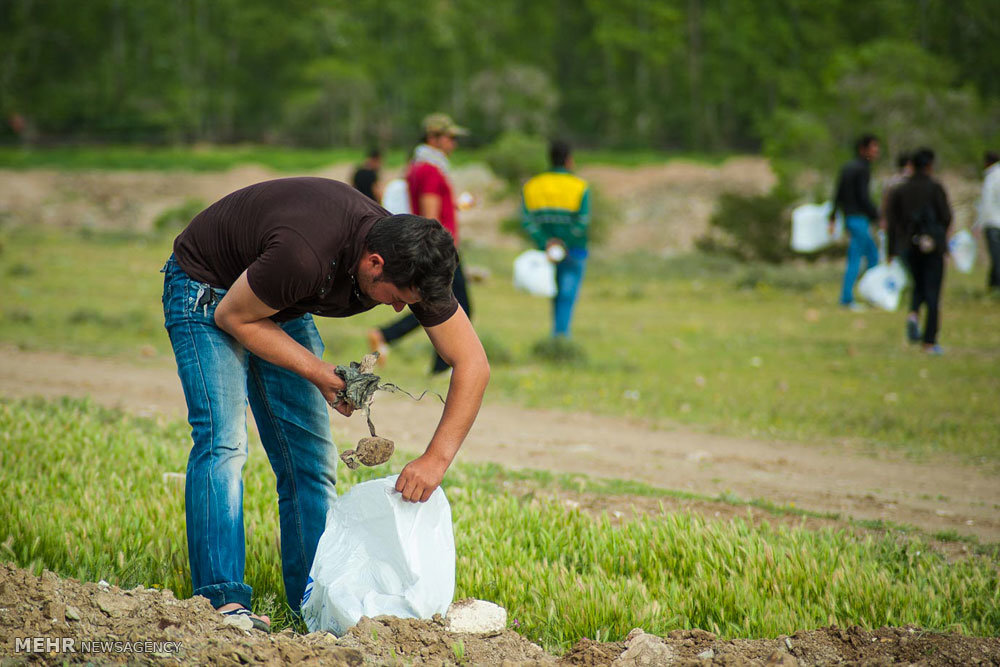Environmental education planned for local communities

TEHRAN – Various programs are being prepared to educate local communities in order to strengthen environmental protection, Hassan Akbari, caretaker of natural environment and biodiversity of the Department of Environment (DOE), said.
As most of the discoveries and assistance in protecting the environment are made by local communities and nature lovers, we are planning to hold training courses for local communities on environmental awareness and biodiversity, he explained.
Most of the country’s biodiversity is severely eroding, and over the past decade, a significant number of birds of prey such as saker falcon, peregrine falcon, as well as bustards have been discovered and confiscated from wildlife smugglers by the local communities, he highlighted.
More than 10,000 environmental violators are arrested on average annually, 70 percent of whom are reported by the cooperation of local people, who are present in protected areas and help in protecting the country’s biodiversity, IRNA reported on Friday.
Wildlife species in danger of extinction
There are 1,300 species of animals in the country, 130 of which are endangered and threatened, Akbari said in December 2021.
Over 10,000 environmental violators are arrested on average annually. Asiatic cheetahs, great bustards, Siberian cranes, Persian onagers, and some reptiles and amphibians are among the endangered and threatened species, he said.
Significant smuggling and habitat destruction are the main threats to the species, and promoting a culture of kindness to the environment and strengthening social participation is one of the most important and effective strategies in protecting the environment, he explained.
The availability of large quantities of weapons and ammunition to the poachers is another risk factor for wildlife populations, Akbari added.
To preserve the existing biodiversity over the wide geographic expanse of Iran, four types of areas have been designated for preservation and protection, including, national parks, wildlife refuges, protected areas, and natural national monuments. In 1997, the DOE held supervision over 7,563,983 hectares of such areas.
Currently, the supervised areas reached about 18.5 million hectares, including, 30 national parks, 170 protected areas, 45 wildlife refuges, and 37 national natural monuments.
Iran has a high diversity of species due to geographical conditions, climatic diversity, huge water resources of the Caspian Sea in the north and the Persian Gulf, and the Sea of Oman in the south.
According to the latest studies, about 1,300 species of vertebrates, including mammals, birds, reptiles, amphibians, and aquatic fish, about 30,000 species of invertebrates, and 8,000 species of plants have been identified in the country.
Unfortunately, over the past two decades, human activities have led to alarming degradation of ecosystems, deletion of genes, species, and biological capabilities; Human threats to biodiversity have accelerated the most over the past 50 years over the entire history of human life.
FB/MG
Leave a Comment